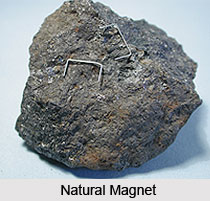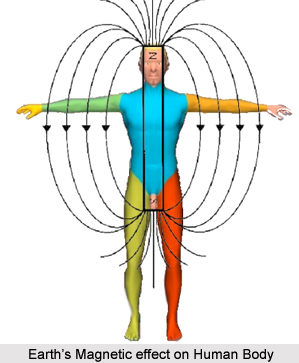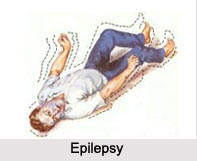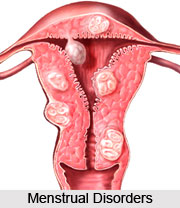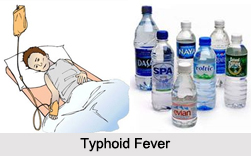 Water borne fevers are caused by drinking contaminated or dirty water. Contaminated water can cause many types of diarrhoeal diseases, including Cholera and other serious illnesses such as Guinea worm disease, Typhoid and Dysentery. Water related diseases cause 3.4 million deaths each year.
Water borne fevers are caused by drinking contaminated or dirty water. Contaminated water can cause many types of diarrhoeal diseases, including Cholera and other serious illnesses such as Guinea worm disease, Typhoid and Dysentery. Water related diseases cause 3.4 million deaths each year.
Typhoid Fever
Typhoid fever is caused by "Salmonella Typhi bacteria". Typhoid fever is rare in industrialized countries. However, it remains a serious health threat in the developing world, especially for children. Typhoid fever spreads through contaminated food and water or through close contact with someone who"s infected. Signs and symptoms usually include high fever, headache, abdominal pain and either constipation or diarrhoea.
Most people with typhoid fever feel better within a few days of starting antibiotic treatment, although a small number of them may die of complications. Vaccines against typhoid fever are available, but are reserved for those who may be exposed to the disease or are traveling to areas where typhoid fever is common.
Black-Water Fever
Black-Water Fever (BWF) is a severe clinical syndrome, characterized by intravascular haemolysis, haemoglobinuria and acute renal failure. Treatments for black-water fever include anti-malarial drugs, whole-blood transfusions and complete bed rest.
Prevention from Water-Borne Fevers
Clean water is a prerequisite for reducing the spread of water-borne diseases. Water filters remove the bacteria and pathogens that contaminate water to decrease the incidence of waterborne diseases.
This article is a stub. You can enrich by adding more information to it. Send your Write Up to content@indianetzone.com





